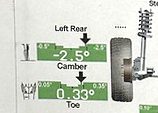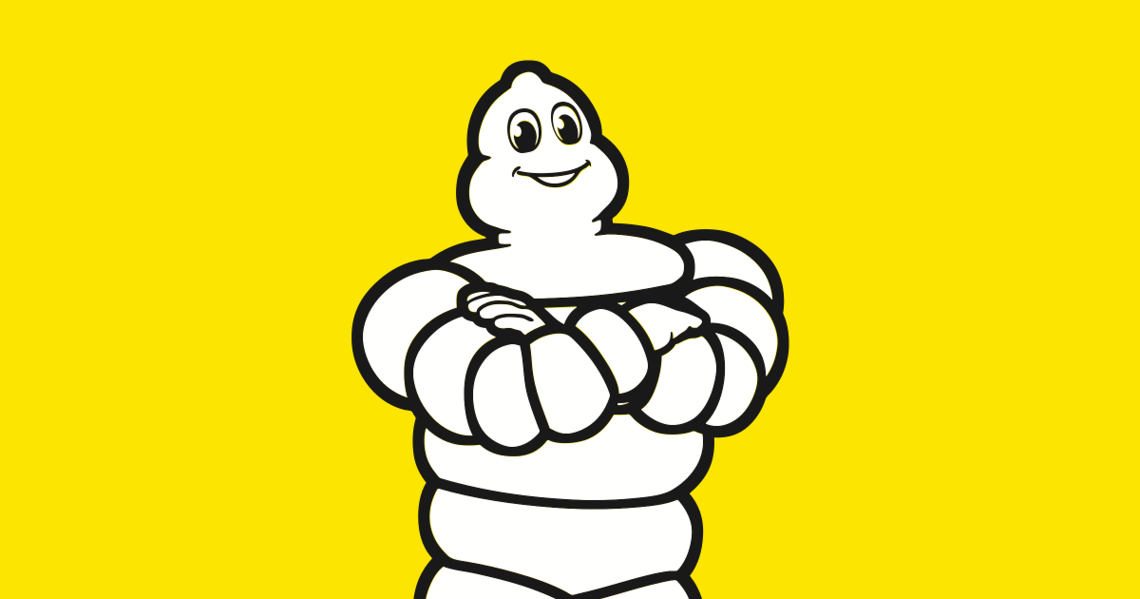dont know if its been mentioned in this thread BUT if this has been determined to be a design/engineering fault of Tesla's, that its definitively due to the control arm design? I'd be immediately taking all of my evidence to my small claims court to recoup the cost of new set of rear tires and cost of the aftermarket fix.
And no, not every state recognzes the "forced" arbitration clause for those who didnt opt out when they bought their plaid.
Risk of going to small claims? Couple hours of time and around $50 average in filing fee.
Reward? Getting all of your money back
Not sure about many of you, but I do NOT let big companies off the hook for things they are absolutely responsible for. If you can build self landing rockets, surely you can design a properly aligned rear suspension on a car.
and with this having the potential (reality?) in causing a blowout, I assume many of you that were impacted, filed complaints at NHTSA.GOV?
And no, not every state recognzes the "forced" arbitration clause for those who didnt opt out when they bought their plaid.
Risk of going to small claims? Couple hours of time and around $50 average in filing fee.
Reward? Getting all of your money back
Not sure about many of you, but I do NOT let big companies off the hook for things they are absolutely responsible for. If you can build self landing rockets, surely you can design a properly aligned rear suspension on a car.
and with this having the potential (reality?) in causing a blowout, I assume many of you that were impacted, filed complaints at NHTSA.GOV?
Last edited:





